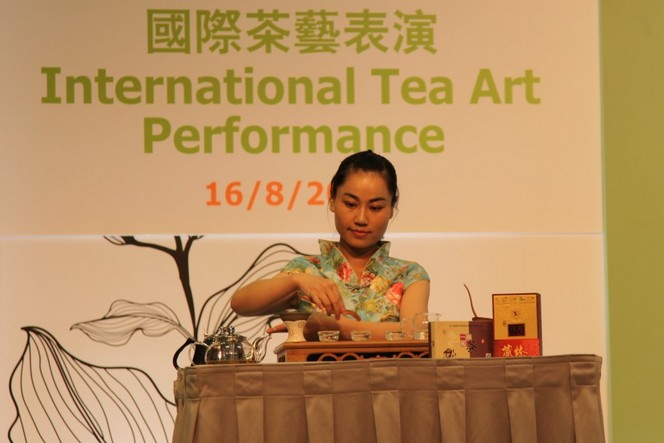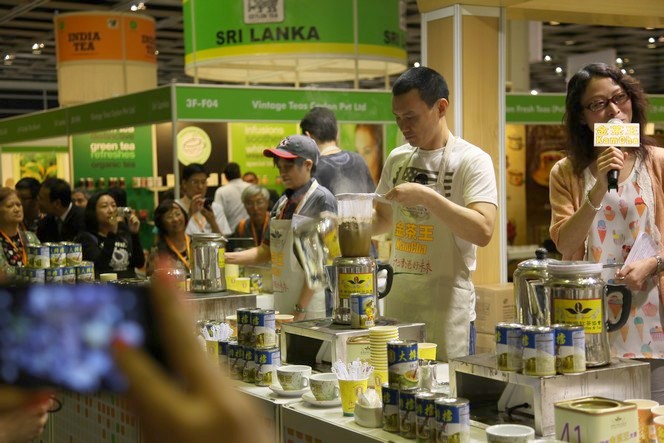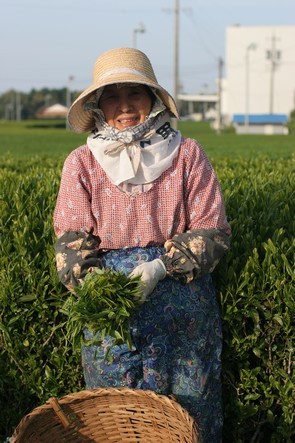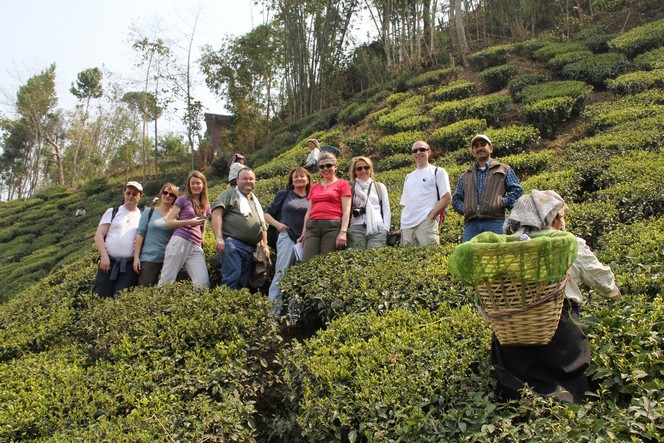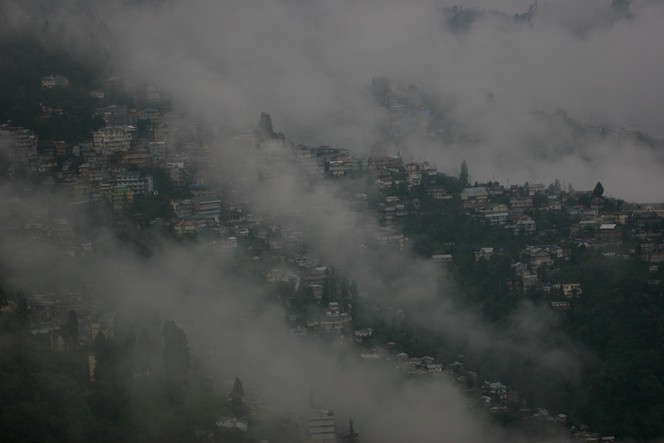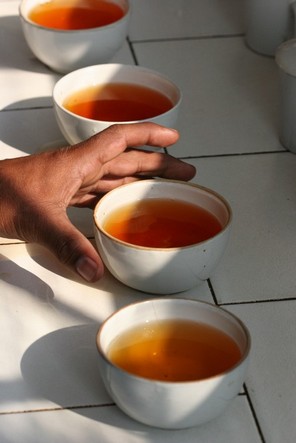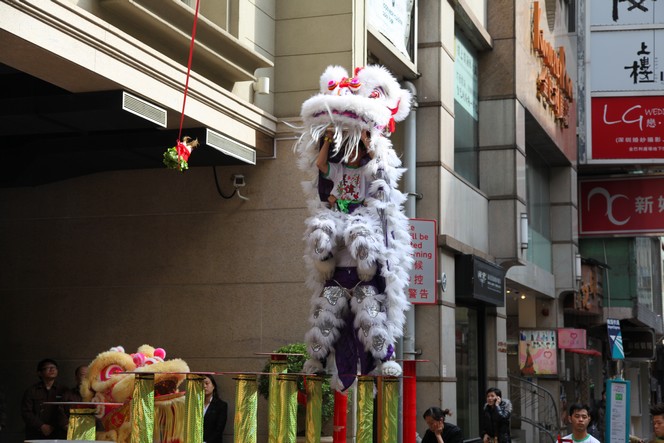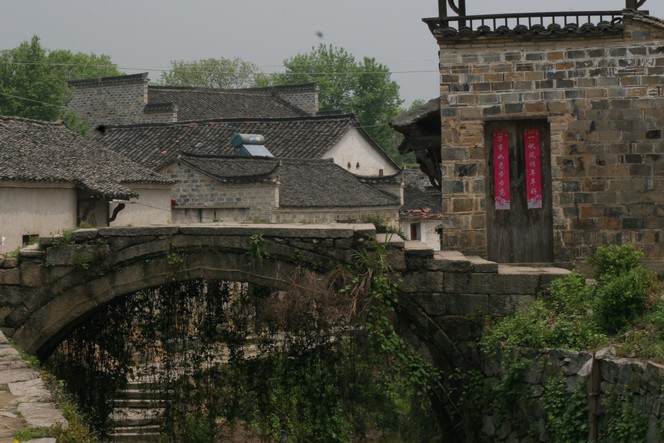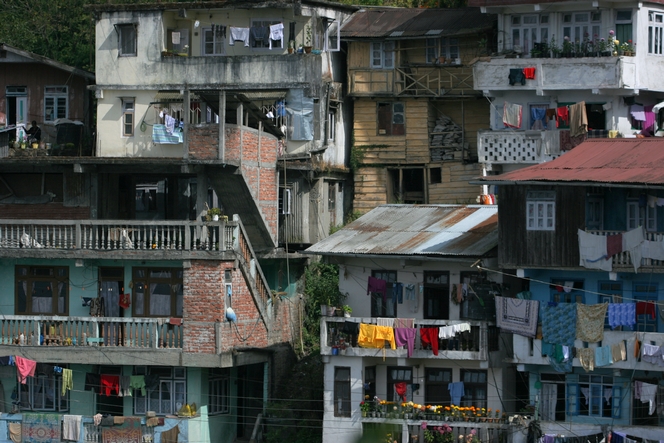Many of you would probably say that you make your tea perfectly well. But can you imagine yourself up on stage, performing under the spotlights while a commentator stands beside you with a microphone, detailing your every graceful move to an attentive audience?
This is exactly what is happening at the moment at the Hong Kong Tea Fair.
News
Price hike at the Hong Kong tea fair
The Hong Kong tea fair is taking place at the moment, and the context is particularly difficult for western buyers. For the past few years, erratic weather conditions have affected harvests, and the quantities produced have fallen sharply. In addition, production costs, whether in India or China, have risen considerably, as has the cost of sea freight. What is more, the very low value of the euro is pushing up the price of tea, which is generally traded in dollars. On top of all this, in China and India, the world’s two biggest tea producers, the middle classes, which did not exist in the recent past, now represent several hundreds of millions of people, many of whom enjoy drinking good quality teas. They aspired for so long, and now they have the means at their disposal. So in these two countries the domestic markets have expanded massively, and there are plenty of Indian and Chinese tea connoisseurs who are now buying the best teas that used to be reserved for export only. We can understand them, even if it is costly for us.
Good news for Japanese tea lovers
Good news from Japan! All the teas harvested since the start of the season by the farmers we work with have shown normal levels of becquerels. This is a huge relief for the growers as well as for fans of senchas and other gyokuros. Of course, we will continue to be highly vigilant and to analyse each lot before making it available for sale, to ensure it is completely safe and allow us to enjoy our tea with peace of mind.
Eight students of the Tea School in Darjeeling
Carine Baudry, who runs the Tea School, travelled to Darjeeling last month accompanied by eight of her students. What a trip! This was a first for Carine, who returned just as enchanted as her fellow travellers, to whom she introduced this magnificent region and the art of producing tea. Carine has often travelled with me in India, Japan and China. But this was the first time she’d had the pleasure of teaching in the production region itself.
On the right, in the blue shirt, is Rajiv Gupta, manager of the Tumsong plantation.
The first Tea School trip to Darjeeling
Carine Baudry, head of the Tea School, has just returned from Darjeeling. The trip was organised by the school to allow some of the students to visit the plantations and gain a first-hand understanding of how tea is made. Carine and her eight students stayed in the beautiful surroundings of a tea garden and observed every stage in the production process. They met several planters and were able to ask plenty of questions. They also visited Delmas Bari and admired the breathtaking landscapes of this Himalayan region. And there were plenty of opportunities to meet the smiling tea pluckers, like the two women pictured here.
Darjeeling hit by a hailstorm a few days ago
The day before yesterday Darjeeling was hit by a hailstorm, which was not good for the tea plants. What with the late start to the season due to the lack of rain, and the violent weather attacking the tea leaves, the planters don’t know which saint to turn to.
They’ve had enough of these insults from the skies. And they don’t want to see any more tea plants battered in the space of a day.
Two good reasons to drink tea
Does tea help the kidneys work better? Does it aid weight loss? Fight cancer? Do some teas contain more or less theine? These were some of the questions posed by the audience in the French television programme “Allo Docteurs”, which I appeared on last week. A nutritionist was also in the studio to answer health-related questions.
It’s always good to know that tea is a healthy drink. “A little tea every day keeps the doctor away,” say the Chinese. However, as far as I’m concerned, the most important quality of tea is the gastronomic pleasure we derive from it.
As I don’t have a photo showing the condition of the arteries of a regular tea drinker, I’m instead showing you this hand reaching for a cup, which I think perfectly reflects the pleasure of drinking tea.
The lion’s dance in the Chinese New Year festivities
I’ve witnessed a curious spectacle in the streets of Hong Kong on many occasions in recent days. A large, peculiar-looking animal performs all sorts of contortions and dances, surrounded by percussionists playing the cymbals and other instruments. Then it rises up on its hind legs and stands very tall, to the roar of the drums which gains in intensity to increase the air of excitement. It then gulps down a bunch of vegetables hanging high in the air, before spitting out the leaves a few moments later.
The lion’s dance is part of the Chinese New Year festivities. In Hong Kong, no shop or hotel misses out on a visit from this strange creature. Inside the beast are two Gong-Fu experts, and this exercise demands great skill.
Here we are in the Year of the Dragon
So here we are in the Year of the Dragon. Symbol of the Emperor, symbol of power, the Dragon is a highly desirable zodiac sign.
May this year unfold under favourable auspices, may it bring you prosperity beyond your dreams, the red signs say. It’s a tradition in China to hang long banners on the doors at the time of the new year, with messages of good wishes.
Darjeeling is a hotspot in terms of seismic activity
There were many victims of Sunday’s earthquake in Sikkim, including in the city of Darjeeling, less than 100km from the epicentre. Naturally, my heart goes out to the victims of this catastrophe, and I feel very saddened for those affected. I have been in touch with our various tea producers in the region, and fortunately none came to any harm.
Although earthquakes are fairly rare in Darjeeling, the region is a hotspot in terms of seismic activity, being situated where the Indian plate meets the Asian plate. In reality though, the people of Darjeeling suffer more frequently from landslides than earthquakes. They happen every year, and there are many victims.
This photo I took in Darjeeling gives you an idea of how homes are built here, on sloping ground, and helps illustrate the population’s vulnerability to natural catastrophes.

